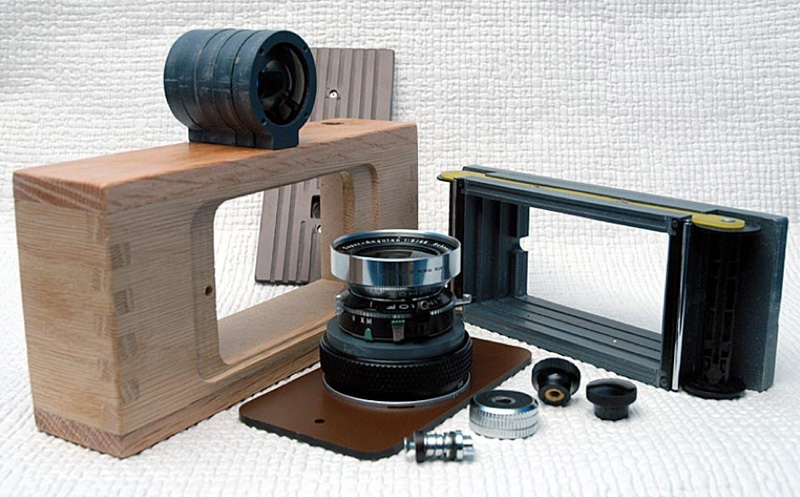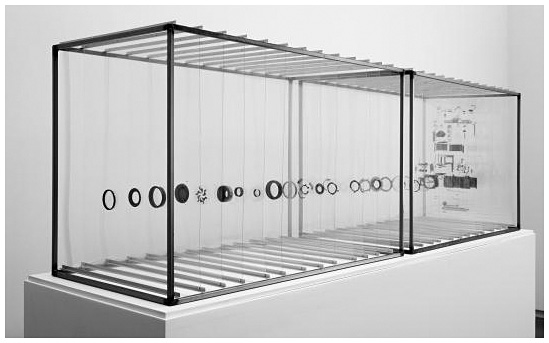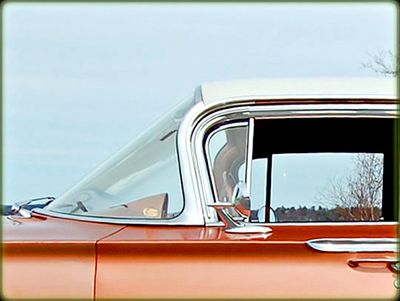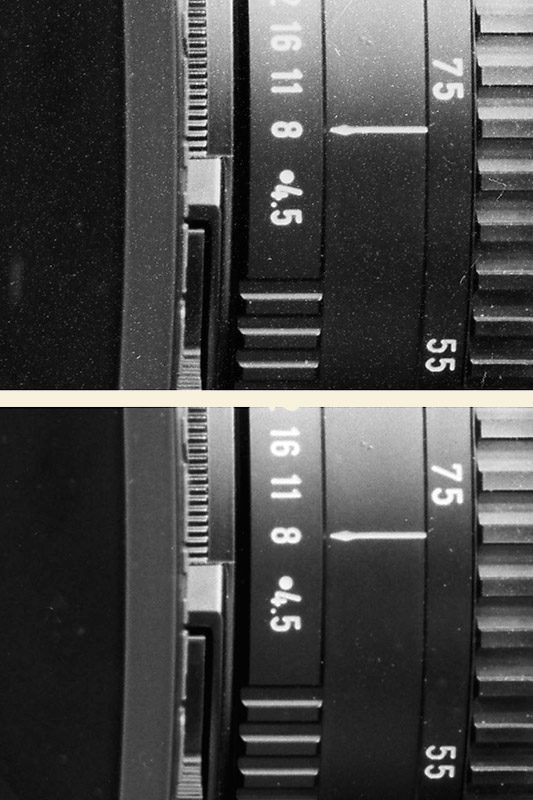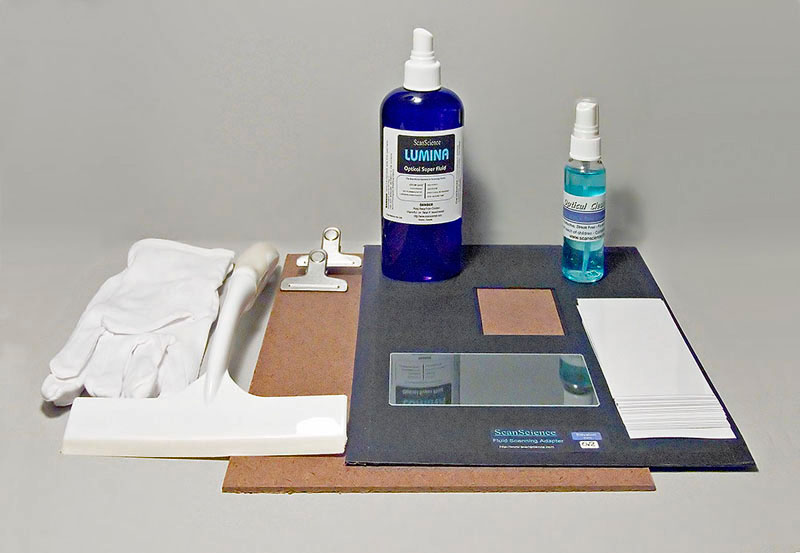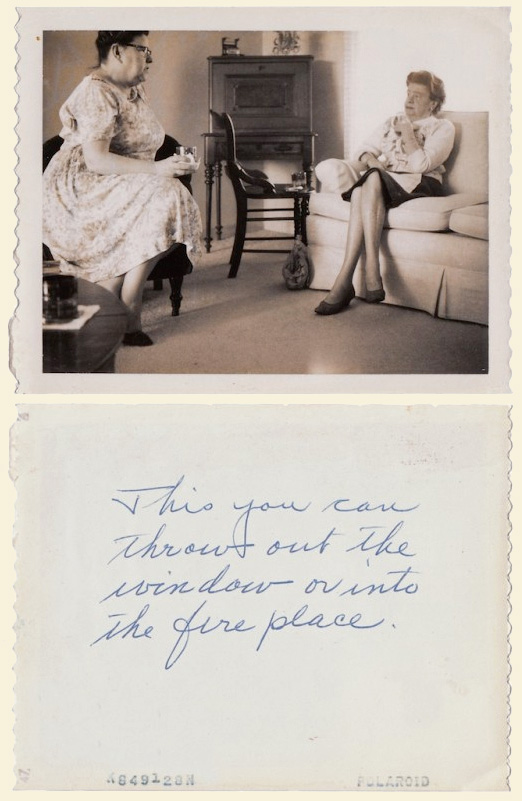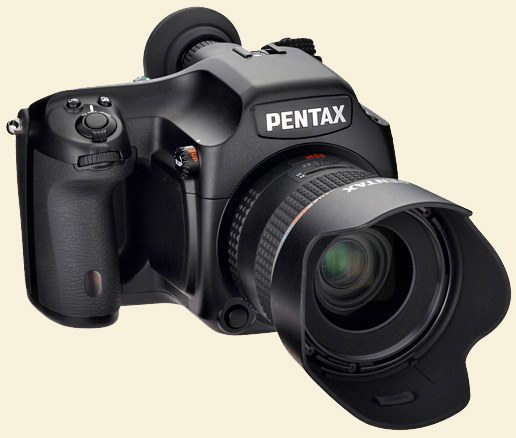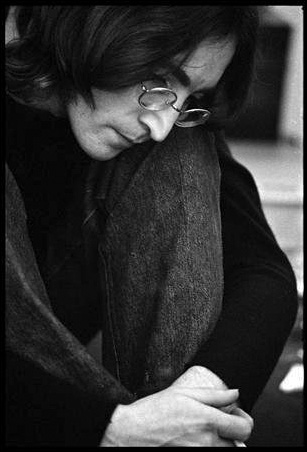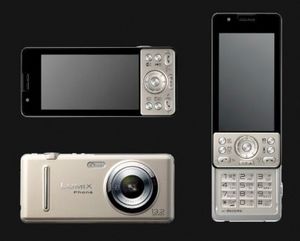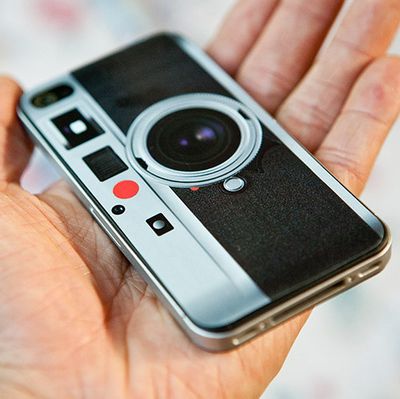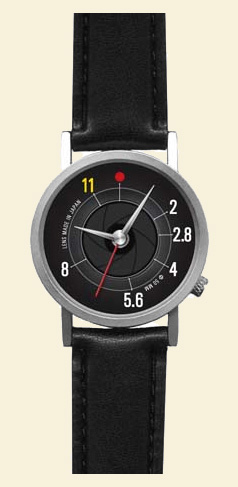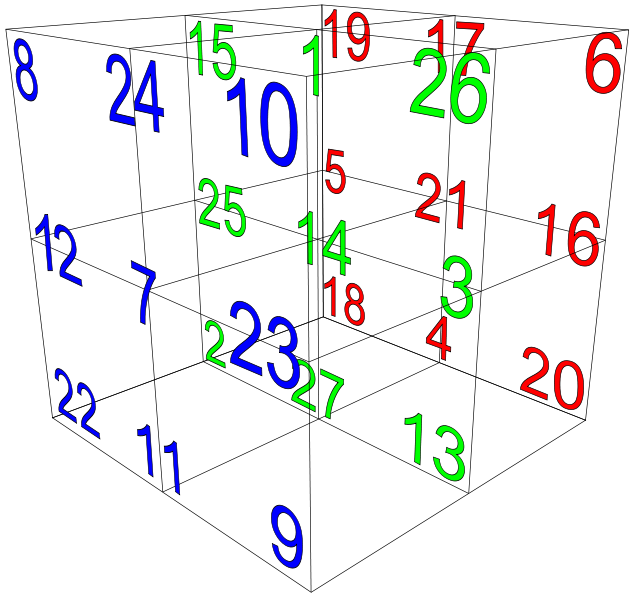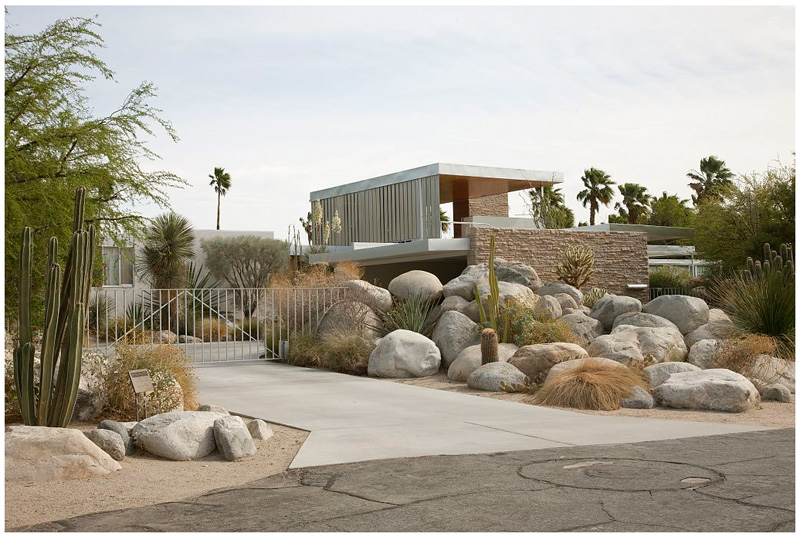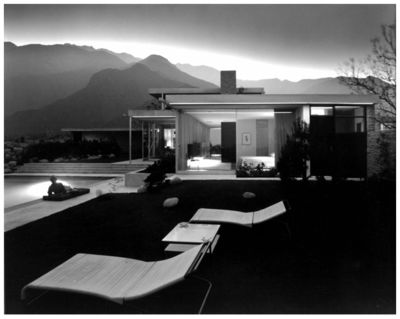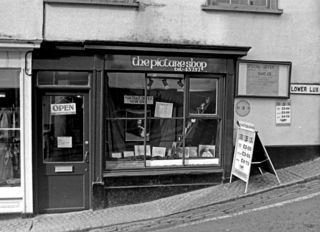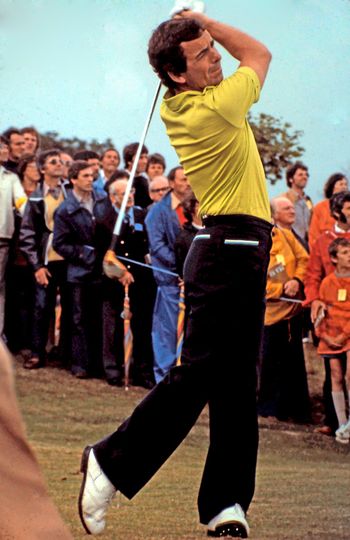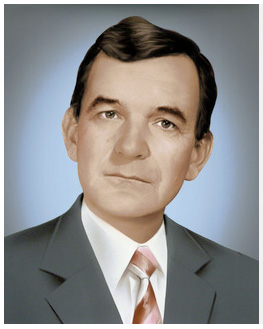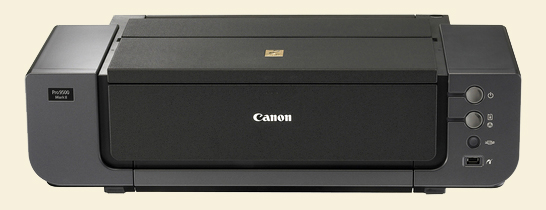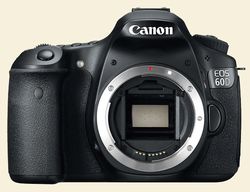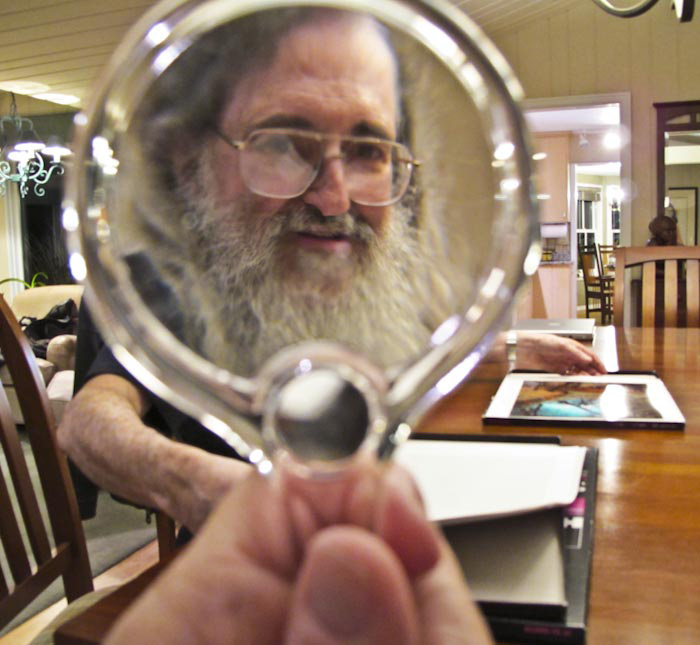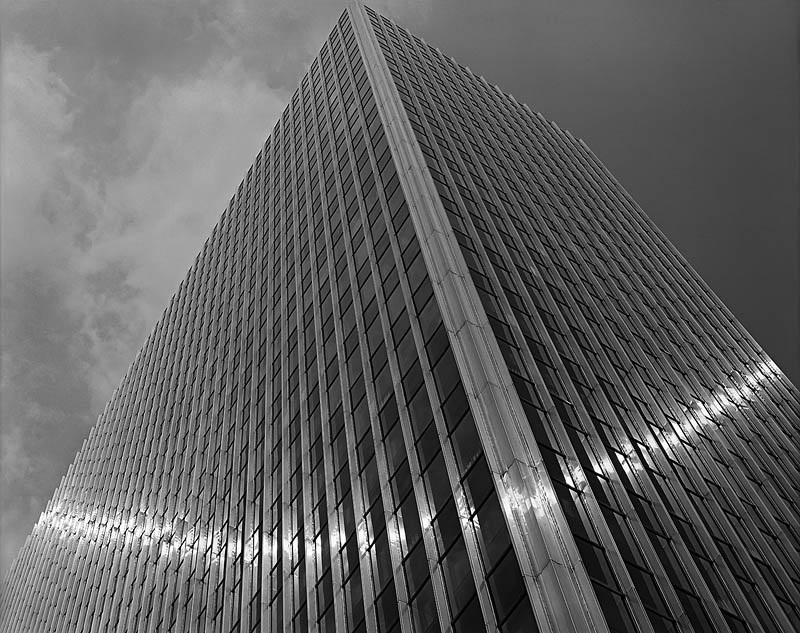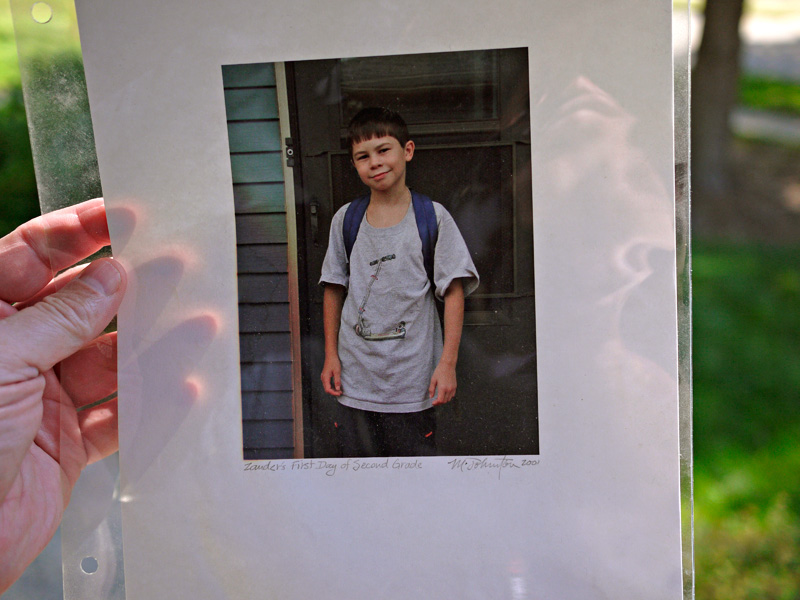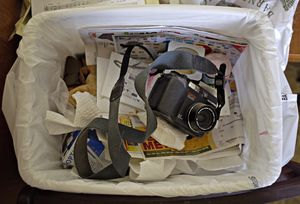 Regarding the expense of printers: remember that the cost going in is sometimes not an adequate reflection of the ongoing costs, because, as is well known by now, the profits are built into the consumables rather than the hardware. Near as I can tell, for instance, the Epson R2880, now on sale for $519.95 after rebate, takes cartridges that contain 11 milliliters of ink and cost $12.95 per cartridge. The Epson Stylus Pro 3880, a bigger, more expensive printer, costs $818.95 currently, after rebate, and its ink cartridges cost $44.69 each, but they contain 80 ml of ink.
Regarding the expense of printers: remember that the cost going in is sometimes not an adequate reflection of the ongoing costs, because, as is well known by now, the profits are built into the consumables rather than the hardware. Near as I can tell, for instance, the Epson R2880, now on sale for $519.95 after rebate, takes cartridges that contain 11 milliliters of ink and cost $12.95 per cartridge. The Epson Stylus Pro 3880, a bigger, more expensive printer, costs $818.95 currently, after rebate, and its ink cartridges cost $44.69 each, but they contain 80 ml of ink.
That of course means that the ink for the smaller R2880 costs $1.18 per ml, and the ink for the larger Stylus Pro 3880 costs 56¢ per ml—less than half as much.
If you print only occasionally and use relatively little ink, the smaller carts will be easier to keep fresh. But if you use, say, 10 ml of ink a week, the Stylus Pro 3880 will make up the difference in cost between the two printers in less than a year. The more you print, and/or the longer you keep the printer, the greater the cost advantage of the larger printer becomes.
And that's not even taking into account the value of the ink that comes packaged with each new printer (because I don't know how much does).
I trust someone will check my 'rithmetic for me?
Penny wise, pound foolish
By the way, I made a decision about my new computer: I'm replacing the furnace instead.
That might seem like a non sequitur, but it's actually relevant to the current discussion. In 2001, just after I moved back to Wisconsin (I grew up here, for the most part, but lived half my life on the East Coast), I was forced to buy a new furnace—the one that came with the house gave up the ghost after its long battles with the Wisconsin winters. I bought the absolute cheapest one I could find—a small, inefficient "refurb" that set me back $1500. I didn't have the cash to do better at the time.
On seeing my utility costs, the contractor who's going to install the new furnace estimated that it will save between $50 and $80 a month over the old one.
That means that over the life of the older furnace, I spent between $5,400 and $8,640 more than I would have if I had invested in a top model back in 2001. Easily, enough to pay for the more expensive furnace and then some.
It pays to remember that with some things, saving money can be awfully expensive.
Mike
Send this post to a friend
Note: Links in this post may be to our affiliates; sales through affiliate links may benefit this site. More...
Original contents copyright 2010 by Michael C. Johnston and/or the bylined author. All Rights Reserved.
Featured Comment by robert e: "The 3880 ships with more than seven times the ink that the 2880 does (11 ml x 9 vs 80 ml x 9). At direct-from-Epson prices, seven sets of ink for the 2880 costs $837, or more than the price of a new 3880 with ink (after rebate). On the other hand, it costs more than $500 to replenish all the ink cartridges in the 3880, vs. $120 for the 2880. (I'm getting my capacities from Epson.com and photo-i.co.uk. According to Epson, both printers ship with full cartridges.)"
Featured Comment by Ctein [Ed. Note: Both this and robert e's comment above were written for the "Rebate" post, doubtless before Robert and Ctein saw this post, but I felt they were more appropriate here. —MJ]: "The 2880 ink runs a bit over $1/ml from Atlex. The 80 ml carts for the 3880 run $0.55/ml. The 110 ml carts for the 4880 bring it down to $.45/ml, while the 220 ml carts for the the 48xx, 78xx and 98xx printers are all around $.35/ml.
"All the x880's use similar print engines, so the ink consumption per print-square-meter will be similar for similar print quality settings. That makes the relative prices I've given a good indicator of the relative ink costs per print.
"All the printers come with full ink carts. So the 2880 comes with about $100 worth of ink. The 3880 comes with $400 worth of ink at the 3880 price, but the equivalent amount of ink for the 2880 would cost $720. So, buying a 3880 gets you $620 worth of "free ink," relative to the 2880 purchase.
"Normalizing costs to the 2880, the net cost of the 2880 sans ink is $420, while the net-sans-ink cost for the 3880 is only $100 (at 2880 ink prices). Even at 3880 ink prices, the 3880 has the same net cost as the 2880.
"If you're inclined to using roll paper and/or want maximum print savings, the 4880 is $1,230 after rebate. But it comes with $1,000 worth of ink, at 2880 prices. So the 4880's net-sans-ink cost is only $230, at 2880 ink prices.
"In other words, if you expect to print that much over the course of a year, and you can afford the upfront expense, both the 3880 and 4880 are cheaper than a 2880. You're still out of pocket; you're just making it up in volume.
"A minor savings accrues from the larger cartridges because you change carts much less often. That means less line purging and priming. It's not a major factor, but it'll trim a few percent off your ink costs.
"Atlex was running a sale last month, so I bought a 3880. The reason I didn't get the 4880 is that it's twice as big and weighs three times as much as the 3880. I could wrestle and squeeze a 3880 into my office; it's not that much bigger than my current 2400. A 4880 was out of the question for me. But it's a great deal if you've got the room and the upfront cash."
Featured Comment by Stephen Best: "Even at the exorbitant prices charged for ink (in carts of any size) it's more worthwhile investing in a quality monitor and colour-management tools/skills. The cost per print (including premium paper) is quite modest. The costs mount up though when you have to do more than a single print to achieve the results you're after. This isn't due to the printer."
Featured Comment by James: "As someone who prints for money, working out what a print (and therefore a printer and its ink) costs is a major headache. The usage info provided by the printer claims to show how much ink was used on each print. I'm not sure I believe it, as it seems to account for less than half of the ink that is consumed by the printer. You'd think the paper cost would at least be easy, but on a roll you have to allow for wastage depending on how many prints of a given size can be shoe-horned across the roll width—that can make your brain hurt. And then there's the inevitable quality write-offs, but that's a statistical game that varies hugely from paper to paper and with print size (got to love throwing out three-foot canvases...).
"And there's nothing quite like the sticker shock of ordering a full set of 12 cartridges for well over $1000 once tax and shipping is added in...."
Featured Comment by Paul: "To me the true cost of a printer has to factor in time. Time spent trying to figure out the bizarre drivers on printers marketed as being user-friendly. Time spent figuring out why, after doing everything exactly the same as the last print you made five minutes ago, the print comes out purple. Or without blue. Or not at all. Time talking with tech support, who don't know anything. Time going to FedEx to wait for the new printer to come. Time setting that printer up, finding it DOA and then sending it back.
"Currently I'm spending time considering whether I want to buy a new printer to replace the above described one, or throw in the towel and just be an 'online photographer.' "
